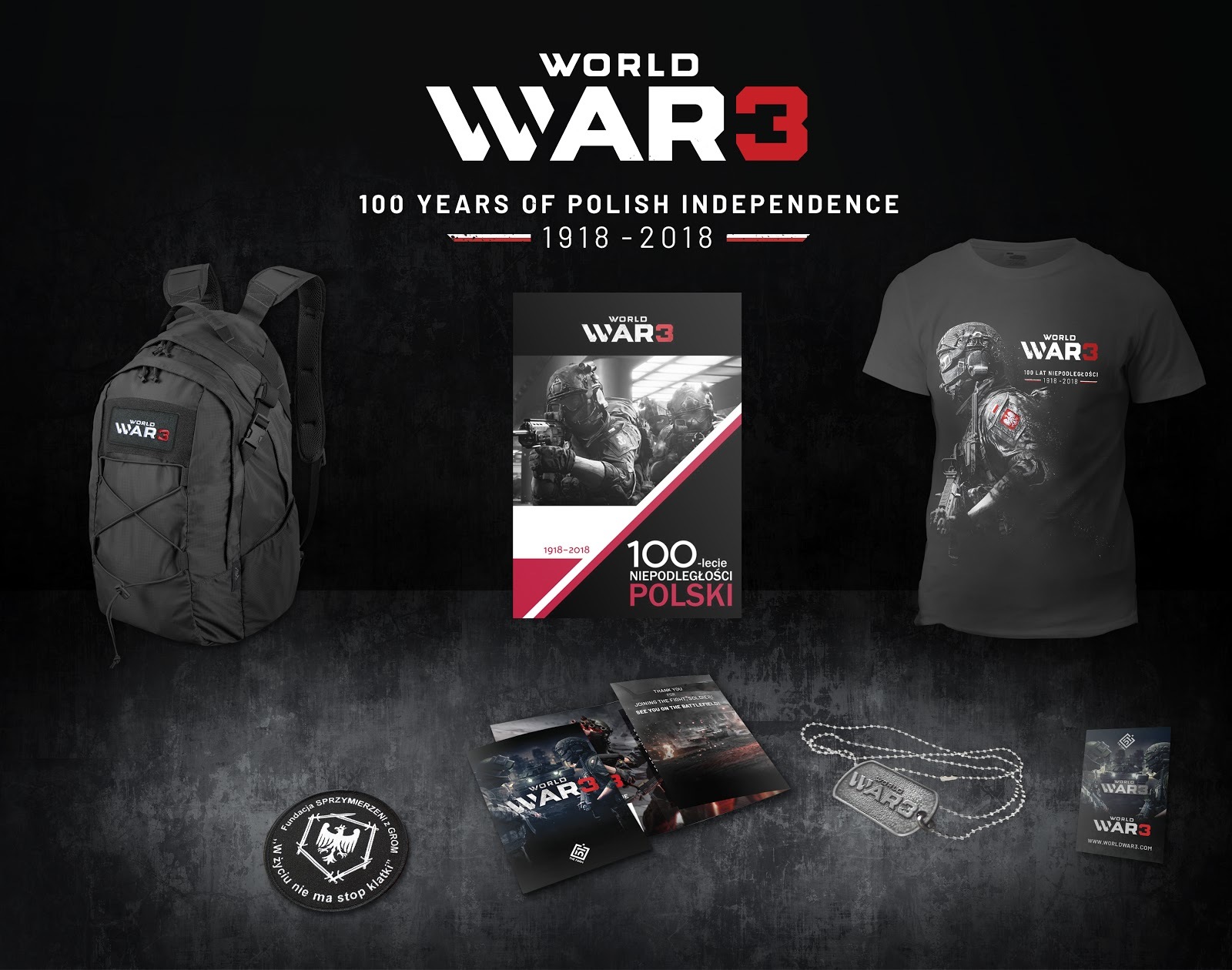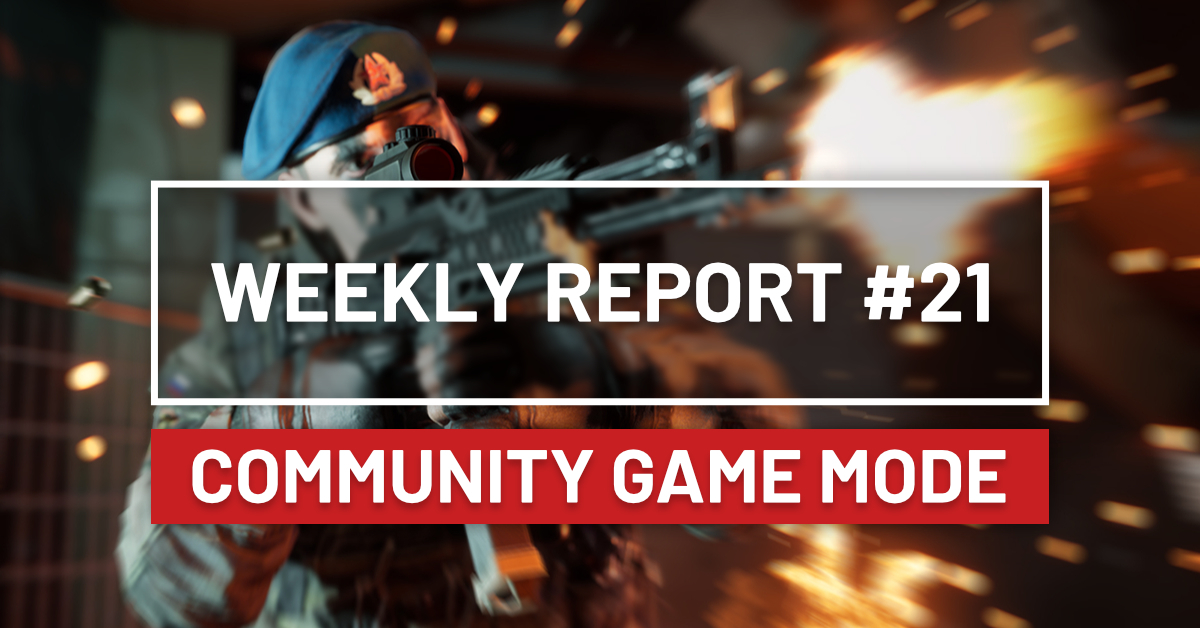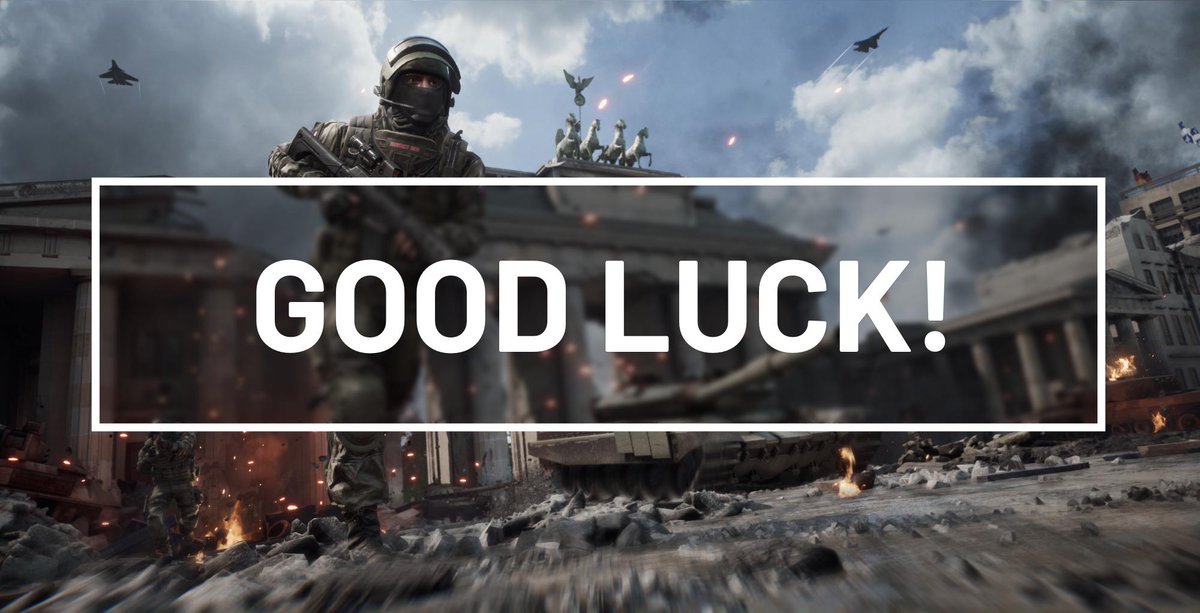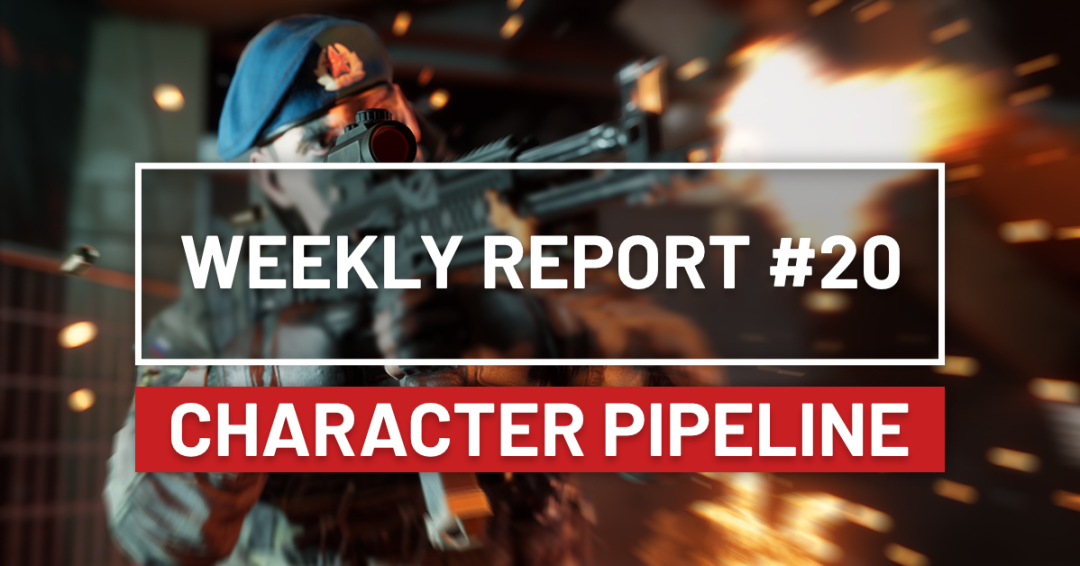Weekly Report #22 - Last Week At The Studio

Available in the following languages:PL | RU | DE | FR
Hello, soldiers!
Last week has been really busy for us at the company. We have talked about the community game mode, Breakthrough, and the response from our community has been great. You, our players, seem to like the idea of having a Rush-like type of mode in World War 3. It shows that not only developers can impact the game they’re creating, and that’s what we always wanted - to create the game both us at the studio, and our players would enjoy playing.
Some of you were asking about whether Breakthrough means that we won’t be finishing Recon game mode. We just wanted to quickly address that concern: no, working on another game mode doesn’t mean that we are abandoning the tactical-oriented one. Our team understands that not everyone wants to play every single game mode, and some players wait for one more than the other - after all, even we, developers, have preferences between TDM or Warzone and some want to play Recon more than Breakthrough (and the other way around, as well).. Rest assured: we have different teams working on different modes, so making one doesn’t impact the other. Work on Recon hasn’t stopped and we are fully determined to bring both types into World War 3.
Talking about our community impacting things, we also ended the Content Creator Contest submissions. Between the 21st of June and the 19th of July we’ve asked you to submit your video creations. We received a lot of videos and we cannot thank you enough for showing us your love for World War 3. The response has been great and we had a lot of fun watching your creations for the past couple of days. Watching how our players have fun in our game makes us appreciate the joy we’re giving you by working hard everyday!
We’ve narrowed down the submissions to the best ones and now it’s in your hands. We had our picks, now it’s time to let the players speak - choose however you like, the one that’s the most funny, one that represents World War 3 the best or just one that looks like it took a lot of effort to make. Help us pick the winner and who’s going to get the Special Edition of World War 3 - here’s a quick reminder of what’s in it:

On the technical side of things, we are still working on the new animation system. We are getting there, but we still have to make sure everything works properly before we can test it on the PTE, before we can release it on Live servers. It all progresses as we have anticipated, so it shouldn’t be that long before we can finally announce when the next patch will finally be released.
We’ve already switched to the Unreal Engine 4.21 internally, but as we expected, it created a few small issues. Nothing that should be alarming - introducing new tech into an existing system always creates small frictions. It also progressess as it should, and we should be done fairly soon as well.
As we have stated numerous times, we have set a great example with Warzone Giga-Patch and we want to continue this streak with 0.7, which means that even if it takes a couple of weeks more to deliver the update, it would still be in a great state and without any major issues.
Talking about technical stuff, unfortunately we also had an issue on Thursday night that made the game inaccessible for our European players. Our server provider’s team quickly jumped onto the issue and while they were repairing what needed, our team has temporarily switched DNS servers, so a portion of the players was able to play regardless of what happened. The issue has been swiftly repaired and players could log into the game. We apologize to those who wanted to play World War 3 and couldn’t, but it shouldn’t happen again.
As usual, see you next week! Follow our social media for newest information and join the discussion on both our official forums and Discord.
Thank you,
- World War 3 Team







